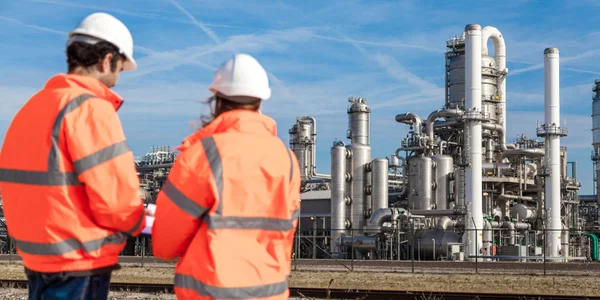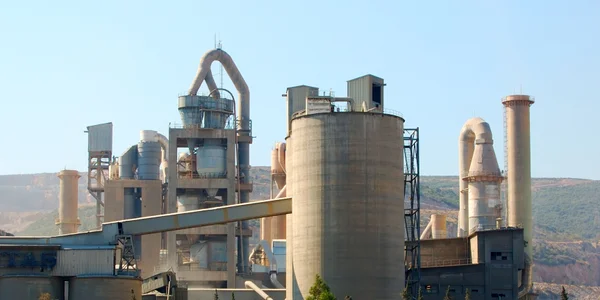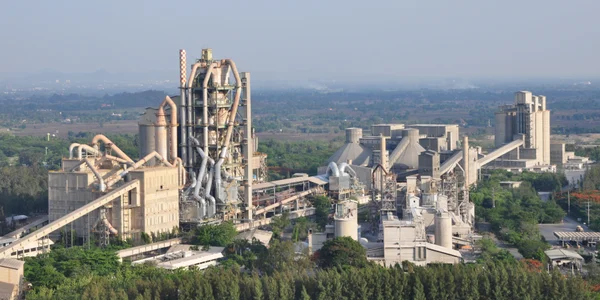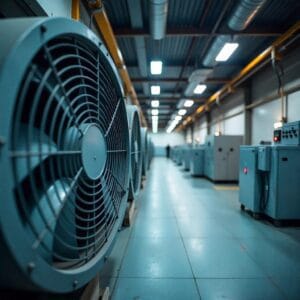Офисы
ГЛАВНЫЙ ОФИС

Германия
- Интенсивный фильтр Himenviro Technologies GmbH
Neustraße 45 - 49, 42553, Фельберт, Германия/Германия - +49 20534200990
РЕГИОНАЛЬНЫЙ ОФИС

Великобритания
- Фильтр Intensiv Himenviro UK Limited
47, Bath Street WS13BX, Уолсолл, Западный Мидлендс, Великобритания - +44 1922 628893
РЕГИОНАЛЬНЫЙ ОФИС

Объединенные Арабские Эмираты
- Интенсивный фильтр Himenviro Technologies FZE – LLC
Бизнес-центр, Sharjah Publishing City Free Zone, Шарджа, ОАЭ - +971-556074697
РЕГИОНАЛЬНЫЙ ОФИС

Индия
- Intensiv-Filter Himenviro Private Limited
D-247/11, Сектор-63, Нойда - 201301, Уттар-Прадеш, Индия - +91-120-4642-500
РЕГИОНАЛЬНЫЙ ОФИС

Индия
- Intensiv-Filter Himenviro Private Limited
D-247/11, Сектор-63, Нойда - 201301, Уттар-Прадеш, Индия - +91-120-4642-500
РЕГИОНАЛЬНЫЙ ОФИС

Индия
- Intensiv-Filter Himenviro Private Limited
D-247/11, Сектор-63, Нойда - 201301, Уттар-Прадеш, Индия - +91-120-4642-500
Решения по фильтрации воздуха и пыли из стали и металла
Сталелитейная и металлообрабатывающая промышленность генерирует большое количество загрязняющих веществ в воздухе, включая мелкую пыль, металлические частицы и пары, которые, если их не контролировать, могут привести к загрязнению окружающей среды, риску для здоровья рабочих и повреждению оборудования. Наши системы фильтрации воздуха и пыли разработаны специально для этих требовательных условий, улавливая выбросы, возникающие при плавке, выплавке, литье и финишной обработке. Разработанные для работы в условиях высоких температур и высокой концентрации твердых частиц, наши решения улучшают качество воздуха, обеспечивают соблюдение нормативных требований и защищают благополучие персонала, обеспечивая более чистую и безопасную производственную среду.
Процесс фильтрации пыли в сталелитейной и металлообрабатывающей промышленности
Электродуговая печь используется для производства конструкционных сталей, высококачественных сталей и нержавеющая сталь. Кроме того, его используют для производства карбидов и синтетических кристаллов.
Установки пылеудаления для электродуговых печей полностью извлекают и очищают первичные отходящие газы дуговой печи, а также любые вторичные отходящие газы, образующиеся во время плавки, слива или во время загрузки и удаления шлака. Отходящие газы, которые образуются в лотковой печи, во время обработки материалов и в других связанных установках, извлекаются и очищаются.

Фильтр для вытяжки на крыше
Фильтр для EAF
- 1. Крыша капота
- 2. Фильтр для вытяжки на крыше
- 3. Аппарат искусственной вентиляции легких
- 4. Дымоход
- 5. Электродуговая печь
- 6. Трубка с водяным охлаждением
- 7. Теплообменник
- 8. Фильтр для ДСП
- 9. Аппарат искусственной вентиляции легких
- 10. Конвертер
Требуемые характеристики
Название фильтра PJM
Типовые проектные данные | Крыша капота |
|---|---|
Объем газа | 1,000,000 |
Температура газа | 80 |
Тип пыли | Остатки сгорания оксидов железа |
Остаточное содержание пыли | < 10 |
Содержание пыли в неочищенном газе | < 5 |
Уборка | онлайн / офлайн |
Фильтрующий материал | Полиэстер |
Взрывозащищенная конструкция | не обязательно |
Сорбент | не обязательно |
Название фильтра PJM
Типовые проектные данные | Электродуговая печь |
|---|---|
Объем газа | 120,000 |
Температура газа | 120 |
Тип пыли | Остатки сгорания оксидов железа |
Остаточное содержание пыли | < 10 |
Содержание пыли в неочищенном газе | < 5 – 10 |
Уборка | онлайн / офлайн |
Фильтрующий материал | Полиэстер |
Взрывозащищенная конструкция | не обязательно |
Сорбент | не обязательно |
Применение для борьбы с пылью от стали и металла
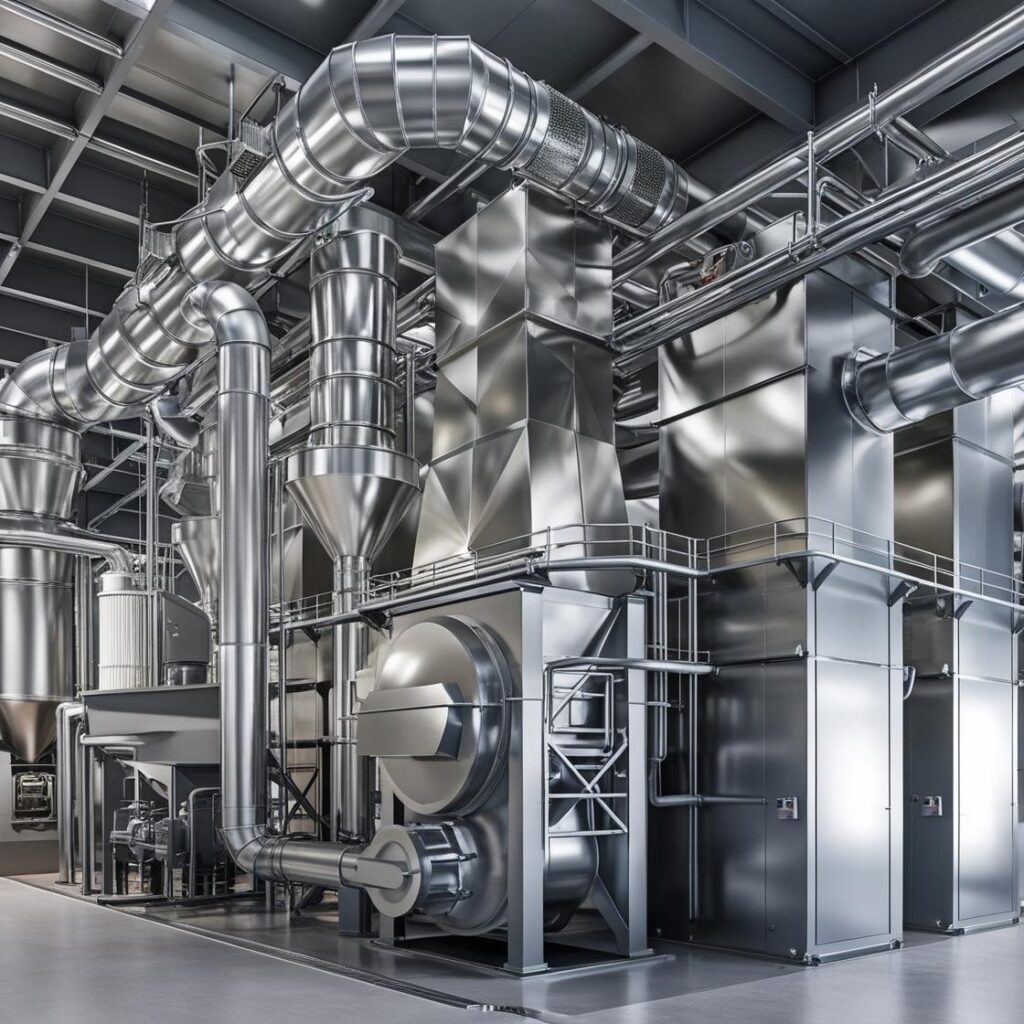
Контролирует пыль и пары, выделяющиеся в процессе плавки и выплавки, улавливая опасные частицы, образующиеся в высокотемпературных печах.

Снижает выбросы от литейных операций, улавливая находящиеся в воздухе частицы и пары металла, которые могут повлиять на качество воздуха.

Удаляет мелкую пыль и металлическую стружку, образующуюся в процессе шлифования и полирования, предотвращая влияние загрязнений на качество продукции и безопасность труда.
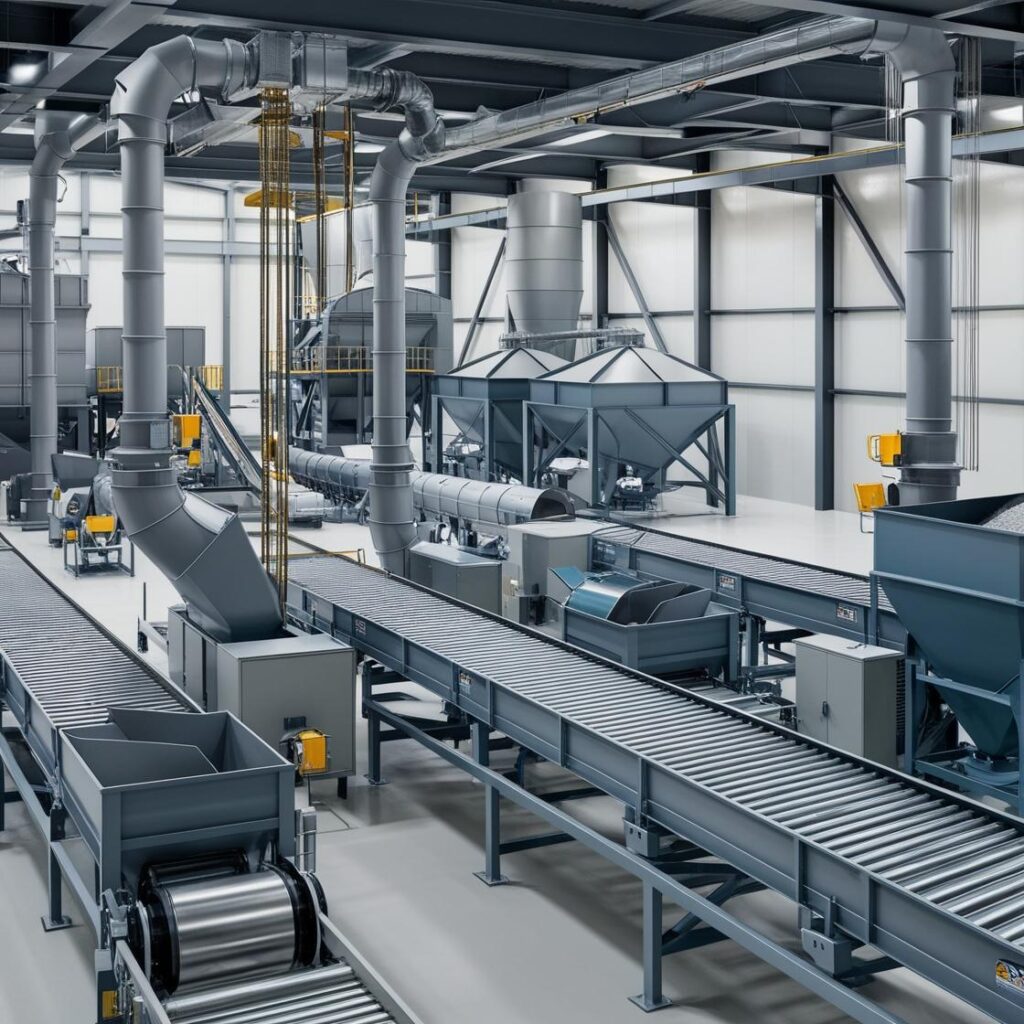
Контролирует пыль, образующуюся при обработке, транспортировке и хранении материалов, сводя к минимуму выбросы частиц в рабочую среду.
Нормативно-правовая база по борьбе с пылью |
|---|
Соблюдение стандартов качества воздуха |
Соблюдение требований охраны труда и техники безопасности |
Предотвращение пожаров и взрывов |
Соблюдение требований по охране окружающей среды |
Мониторинг выбросов в реальном времени |
Теплостойкость |
Сокращение времени обслуживания и простоев |
Гарантия качества продукции |
Снижение эксплуатационных расходов |
Проблемы борьбы с пылью |
|---|
Высокий уровень пыли и дыма |
Риски для здоровья работников от металлических частиц |
Строгие экологические нормы |
Опасности пожара и взрыва |
Загрязнение конечных продуктов |
Износ оборудования от абразивной пыли |
Требования к допустимым температурам |
Управление большими объемами сбора пыли |
Минимизация простоев, связанных с техническим обслуживанием |
Ключевые моменты эффективного контроля пыли |
|---|
Целенаправленный сбор в точках выбросов |
Долговечность при высоких температурах |
Оптимизированный контроль воздушного потока и давления |
Термостойкие фильтрующие материалы |
Регулярные протоколы технического обслуживания |
Соответствие отраслевым стандартам |
Гибкие индивидуальные решения |
Снижение риска возгорания |
Специализированные системы для различных этапов производства |
Свяжитесь с нами для консультации эксперта
Ознакомьтесь с нашими другими услугами!
Часто задаваемые вопросы
В сталелитейной и металлообрабатывающей промышленности распространённые системы фильтрации включают рукавные фильтры, электрофильтры (ЭСФ), мокрые скрубберы и циклонные сепараторы. Рукавные фильтры используют тканевые рукава для улавливания частиц пыли, в то время как ЭФ используют электрические заряды для удаления частиц из отходящих газов. Мокрые скрубберы удаляют загрязняющие вещества путём подачи очищающей жидкости, а циклонные сепараторы используют центробежную силу для отделения пыли от газовых потоков. Выбор системы зависит от таких факторов, как размер частиц, температура газа и конкретные требования технологического процесса.
Системы фильтрации повышают качество воздуха, эффективно улавливая и удаляя твердые частицы и загрязняющие вещества, образующиеся в процессе обработки металла. Снижая выбросы, эти системы помогают предприятиям соблюдать экологические нормы и стандарты, тем самым минимизируя воздействие на окружающую среду и способствуя повышению безопасности на рабочих местах.
Электрофильтры обеспечивают высокую эффективность удаления мелких частиц, достигая КПД до 99%, что особенно важно в сталелитейном производстве, где дымовые газы часто содержат мелкую пыль. Они способны обрабатывать большие объёмы газа и эффективно работать при высоких температурах. Кроме того, электрофильтры имеют относительно низкие перепады давления, что обеспечивает снижение энергопотребления во время работы.

